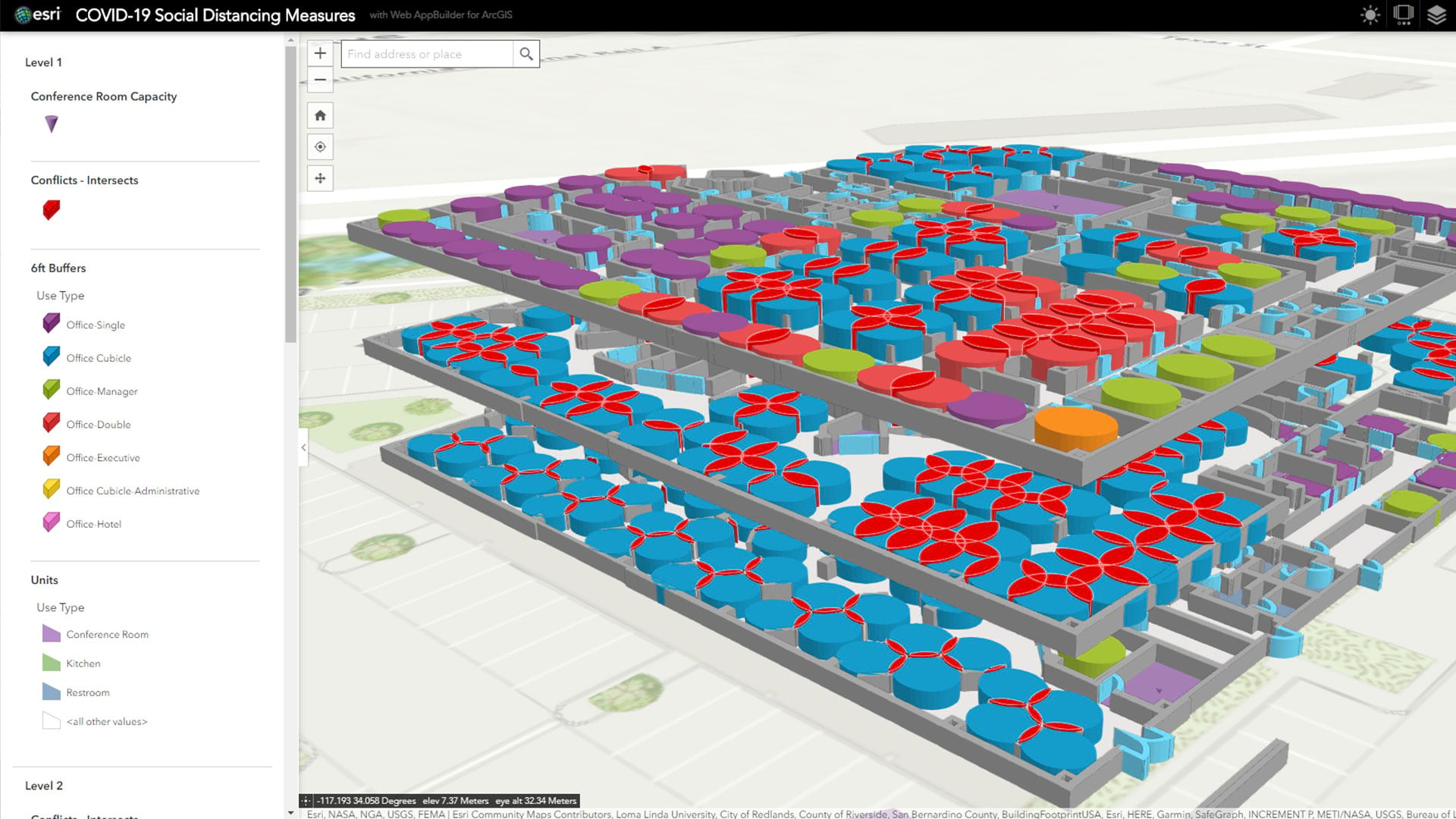The global real estate services firm Cushman & Wakefield recently released one of the more comprehensive studies about the impact of COVID-19 on commercial real estate. The report sounded a note of measured optimism about the potential for a full recovery within the decade, while suggesting that some changes are here to stay. With the pandemic unsettling long-held certainties, corporate leaders today must anticipate how present trends like the rise of remote work and office dedensification may play out.
Based on surveys of some of the world’s largest companies as well as analysis of cyclical and structural patterns in the economy, the study found that by 2025, commercial real estate should stabilize to levels of vacancy established before the onset of the coronavirus. But in the short term, negative net absorption—or a net decrease in demand for commercial office space—in the US, Canada, and Europe could reach over 200 million square feet.
The report also contains important clues about how business leaders should respond to geographic and region-specific trends, underscoring the imperative for global companies to incorporate new employment patterns into their work space strategy.
Location intelligence will be instrumental for businesses making decisions both in the short-term, such as how to redesign offices to accommodate returning workers, and in the long-term, like how much of a workforce should remain remote full-time or shift to hybrid models. Understanding the spatial dimensions of these fast-evolving cultural and economic changes can help companies seize opportunities in the market, attract the best talent in the post-COVID-19 world, and maintain staff safety.
A New Strategy for Commercial Real Estate
The Cushman & Wakefield study makes two things clear. In the short term, vacancies will hit all-time highs, increasing downward pressure on rents. But in the long-term, employment growth and a greater concentration of workers in office environments will power a full recovery for the commercial real estate market in five or so years. In addition, the report shows that the location and region where a business operates will have a strong bearing on what its leaders should expect to see in the coming months.
For example, the share of people working from home in the US will permanently rise to roughly 10–11 percent after the pandemic, from around 5–6 percent prior to the onset of the coronavirus. In China, however, the work from home (WFH) trend is far less pronounced and less common in corporate culture: only 0.6 percent of the workforce was WFH before the pandemic, and even if that number were to double following the peak of the virus, the report’s authors expect it would reduce tenant demand only by 2.9 percent.
Business leaders will need to tailor responses according to location data. Companies with office locations in China should, according to the study, expect job office creation to actually accelerate while rents drop through 2021. That insight could lead an executive of a growing company to pursue an aggressive acquisition strategy to capitalize on higher inventory.
In the US, meanwhile, Google is already planning on incorporating hybrid work models and redesigning office space to allow greater flexibility for employees alternating between WFH and working in the office. Other companies inside and outside the tech world are charting a similar course.
Through anonymized data on human movement patterns, indoor location intelligence can guide decision-making about office layout—including the concentration of small, private rooms versus shared, cooperative work spaces, or the best placement of air filters and sanitation stations. Office design will also need to respond to the sudden reversal of the decades-long trend of densification, in which businesses allocated less office space per employee. As social distancing pushes things in the opposite direction, managers will need to recalculate how to accommodate a workforce that is gradually returning to offices.
Some have suggested that another form of dedensification could occur—companies deemphasizing large urban offices and taking leases on suburban satellite locations. But data on that possible trend remains incomplete.
Finding Fertile Ground to Grow
In rethinking location strategies, business decision-makers must consider how the post-COVID-19 office market will intersect with larger movements in demographics and the labor force. Incorporating the findings of a report like Cushman & Wakefield’s into a GIS dashboard—enhanced by historical data on population growth and the regional concentration of industries–could yield important insight for a business looking to either expand or contract.
According to the study, Canada has typically seen most of its office job growth in the resource, financial, and energy sectors. Now, the technology, advertising, media, and information (TAMI) sector is coming to dominate demand. A smart map loaded with data trends in occupancy and labor costs can point an enterprising tech startup—or perhaps a coffee chain or workout studio favored by technology types—to certain cities with burgeoning tech scenes like Edmonton or the Toronto-Waterloo Corridor.
The Cushman & Wakefield study highlights how nearly every business decision has a location aspect. For executives choosing the right office location and design in a world reshaped by a pandemic, location intelligence illuminates the deeper spatial dynamics at play in decisions about everything from hiring to site selection.
The Esri Brief
Trending insights from WhereNext and other leading publicationsTrending articles

December 5, 2024 |

July 25, 2023 |

February 25, 2025 |

November 25, 2024 |

April 1, 2025 |

November 12, 2018 |





